Braden and I write FatherSonBirding in the hopes of sharing the wonders of birds and birding, and the urgency to protect them. We do not accept advertising or donations, but if you’d like to support our work, please consider buying *NEW* copies of some of Sneed’s books—First-Time Japan, for instance, or my recent Orbis Pictus Award winner, Border Crossings. We appreciate your interest and hope you will keep reading!
Since Braden and I started FatherSonBirding in 2018, I’ve posted a lot about birding in the company of Braden (of course) and my daughter, Tessa. You parents, though, may recognize that with growing kids at home it can be difficult to get one-on-one time with your actual spouse. Last week, Amy and I began to rectify this situation with our first couples vacation in seven years. Our destination was a place we had dreamed of visiting for more than a decade—Barcelona, Spain.
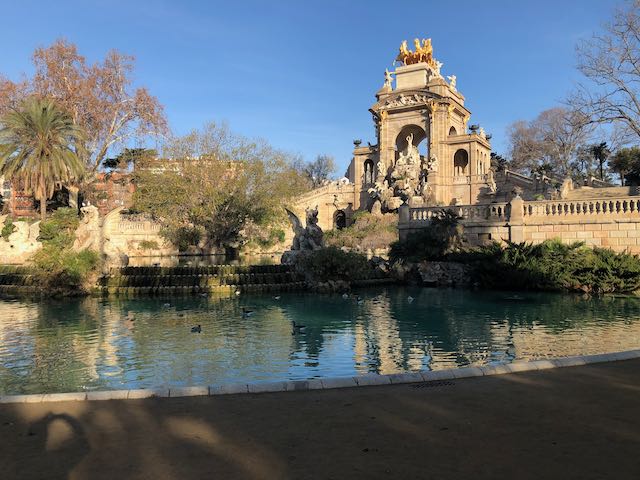
I admit that Barcelona did not draw me for its birding opportunities. The promise of stunning architecture, great tapas, and practicing my Spanish, though, outweighed any potential avian shortcomings. Nonetheless, it will come as no surprise that I felt determined to scour this remarkable European city for every bird possible. I set a goal of 50 or 60 species for the week. Even more intriguing, my life list stood at 999 species. “Which bird will put me over the top?” I wondered.
I booked us in the Park Hotel, an awesome little place in the historic El Born neighborhood near the Barceloneta Metro Station, the Estacio de Franca train station, the waterfront, and hundreds of uber cool restaurants and shops. I did not admit to Amy that I also booked the place because it sat only a block from one of the city’s largest urban parks, Parc de la Ciutadella. As soon as our plane landed, we bought 5-day Metro passes and rode the subway into town. Emerging from Barceloneta Station, I immediately saw both Rose-ringed and Monk Parakeets noisily flying overhead—and then I spotted a black bird atop a light post. I recognized it right away as my bird #1,000—a Spotless Starling!
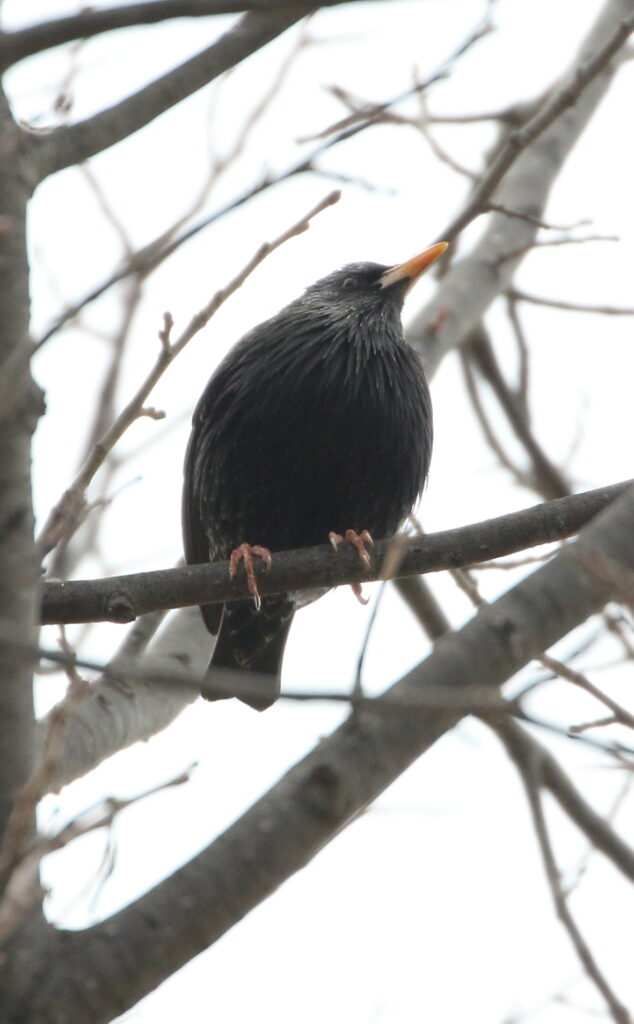
It wasn’t until the next morning, though, that I seriously plunged into Barcelona birding by rising early and heading over to Ciutadella. It was a glorious, crisp morning and even before I reached the park gates, I noted a procession of parakeets, gulls, magpies, and Western Cattle Egrets flying toward the park. Like many urban parks, Ciutadella has a rather down-trodden, worked-over feel to it. Leaves have been obsessively raked, precluding the development of healthy soil layers (and the insect prey they could produce), and very little mid-sized vegetation exists. Still, I set out optimistically and almost immediately encountered Great Tits, a Eurasian Blue Tit, a European Robin, and my lifer European Serin.
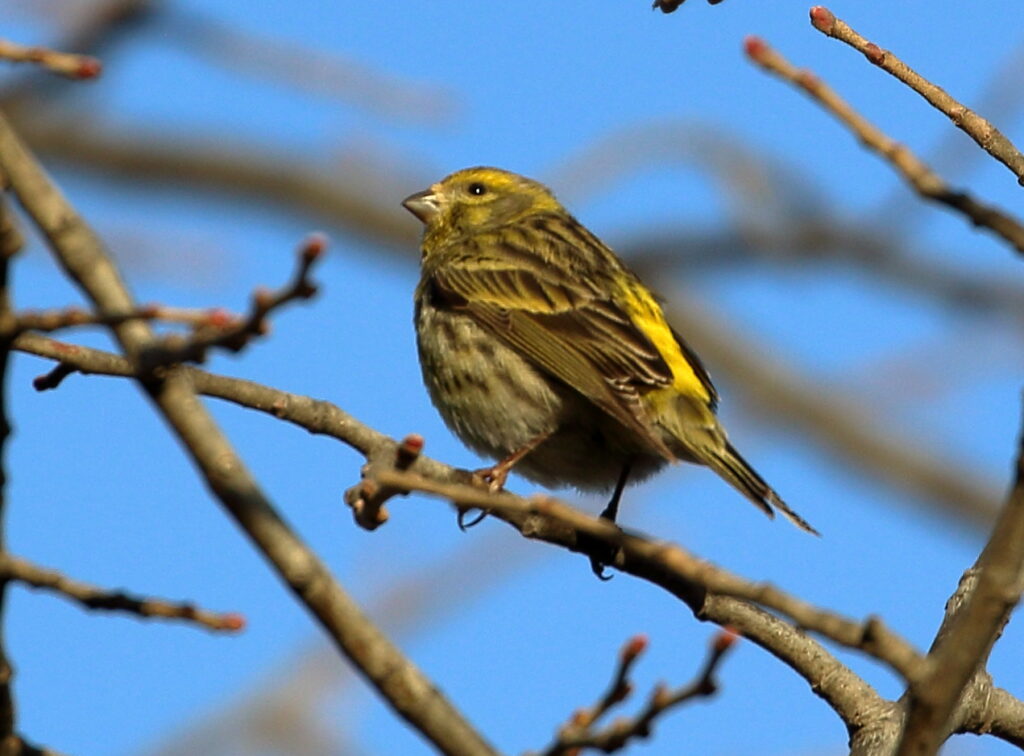
Wandering haphazardly, I quickly discovered that the park was the Monk Parakeet capital of Barcelona. Not only did this introduced South American species seem to love roosting and nesting in the palms, many people actually enjoyed feeding them, even early in the morning. This included several people who had pitched their tents in the park and evidently lived there (the tents had been cleared out by the end of the week—perhaps in preparation for a giant convention that was about to descend on the city).
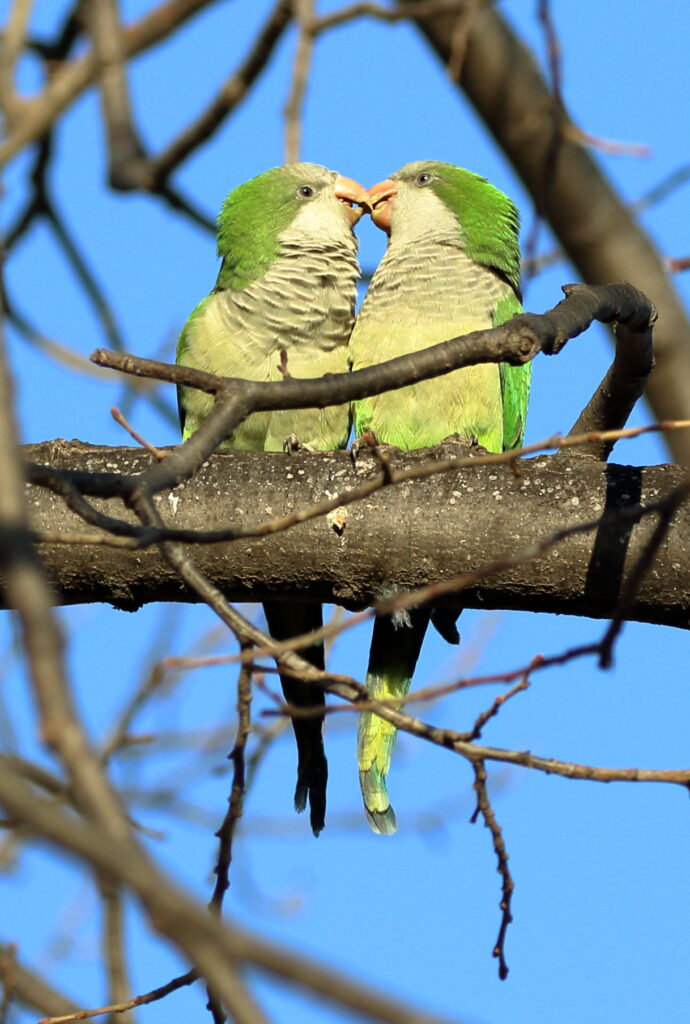
I kept picking up birds, though, including Common Chiffchaffs, Eurasian Blackbirds, Eurasian Magpies, Rose-ringed Parakeets and then, an especially exciting discovery—my lifer Sardinian Warblers!
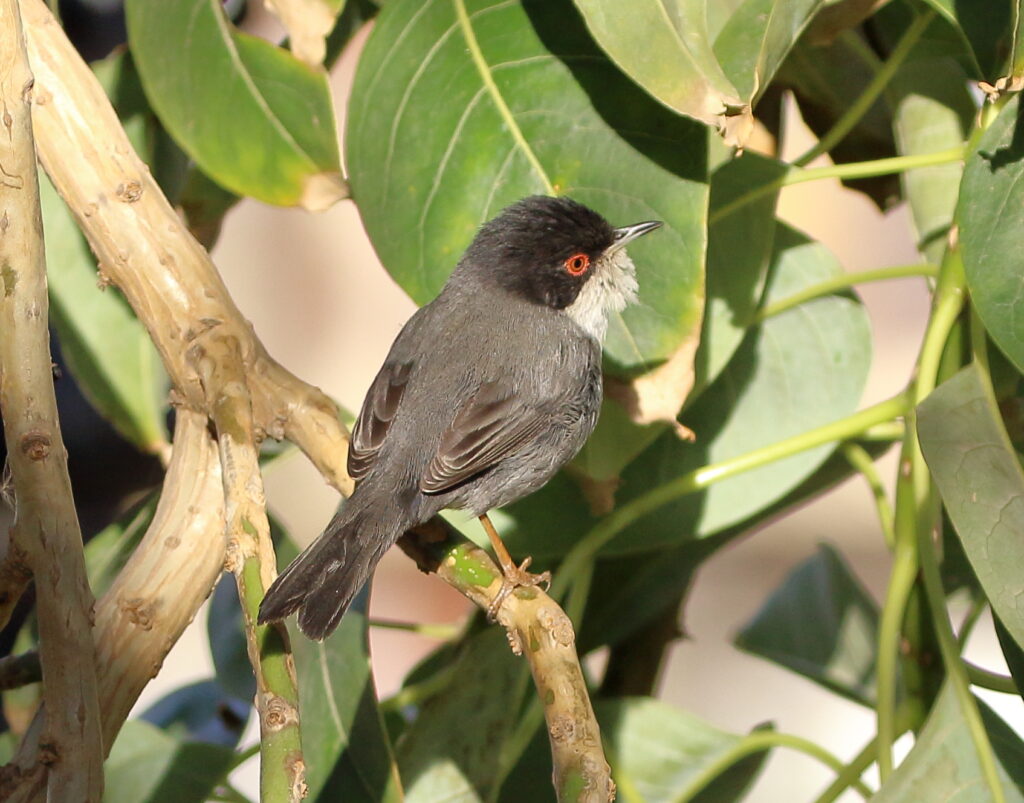
What I hadn’t seen so far were any water features, but crossing under a giant gold-plated monument (the Monòlit a la festa de l’arbre de 1899), I encountered a couple of reflecting ponds. In them, I saw a “must-see” species I had somehow never observed in all of my travels—Graylag Goose! Along with the geese, I got good looks at both Black-headed and much beefier Yellow-legged Gulls. I kept an eye out for Lesser Black-backed Gulls, but could never confirm one the entire week.
https://ebird.org/checklist/S161951923
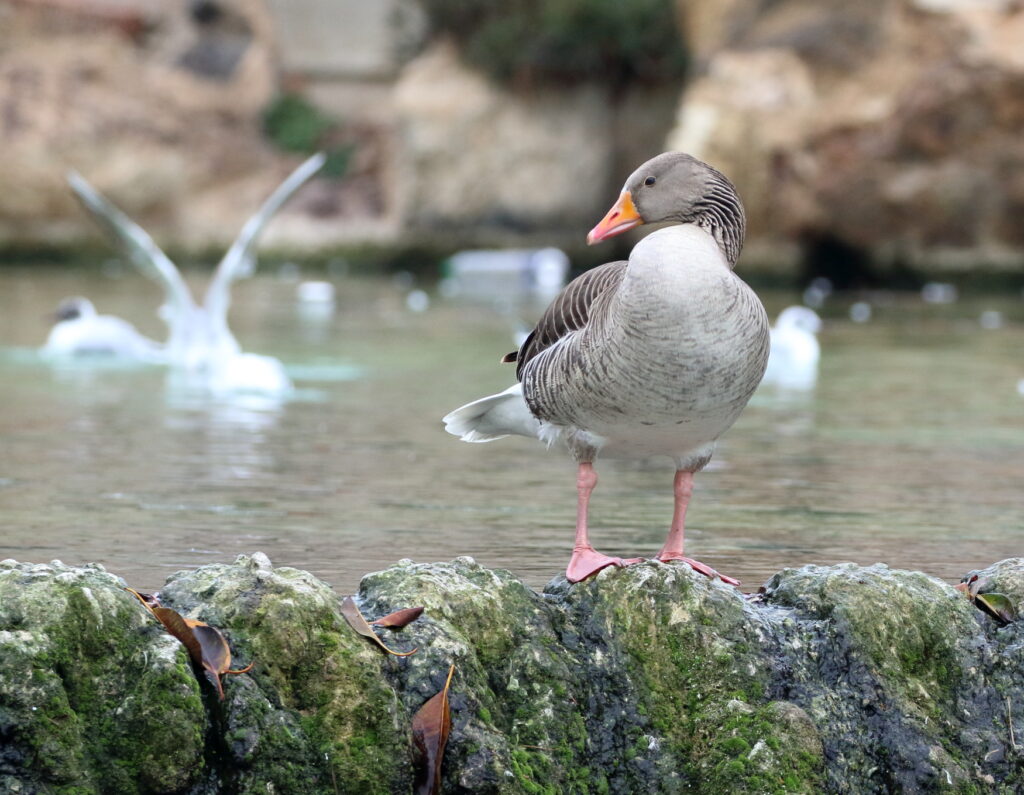
I ended my session with a surprisingly robust 23 species, but my week of birding Barcelona had just begun. During the next few days, I kept my travel binoculars slung around my neck, birding tourist-jammed city streets as well as any greenery I could find. I spotted my only Eurasian Jackdaw in a tree on the well-known avenue, Passeig de Gracia. I was delighted to discover a flock of 20 adorable introduced (and lifer) Common Waxbills in the Placa de Gaudi, right across the street from the modern wonder, Sagrada Familia. (This cathedral, designed by the brilliant Catalan architect Antoni Gaudí, is reason enough to visit Barcelona!) I finally saw the trip’s first European Greenfinches and Long-tailed Tits in the marvellous Parc Güell—one of the city’s better urban birding places and another great place to see Gaudí’s handiwork. My best urban birding opportunity, though, still lay ahead.
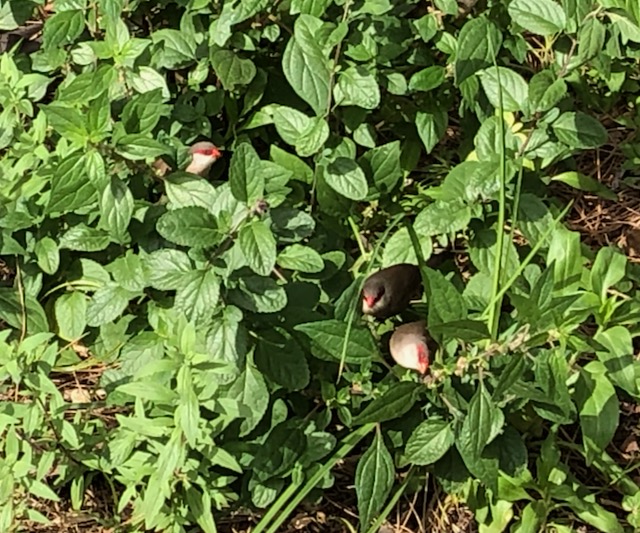
On our fourth day in Barcelona, we caught the H14 bus to the Parel-lel Metro station, but instead of boarding the Metro, we rode the funicular up the hill to Montjuïc, a prominent mini-mountain overlooking the city’s southern area. Only a couple of hundred meters away from the exit stood one of our top cultural destinations, Fundació Juan Miró, aka the Miró museum. A bit less famous than Picasso, Miró was Picasso’s contemporary, and even better, we caught a joint exhibit featuring the work of both men. After a thoroughly enjoyable hour or two there—and excellent quiche in their café—we walked up the hill heading for an even more exciting destination. Along the way—and with the help of Merlin’s Sound ID—I located my lifer Eurasian Blackcap.

We emerged onto a road running along the top of Montjuïc and were making our way gradually downhill toward the Olympic stadium, when I spotted what looked like a prairie dog in a small field below and to our right. I had other suspicions, however, and raised my binoculars to find those suspicions confirmed: a Eurasian Hoopoe! I hadn’t seen one since Israel, but they are apparently a lot less common in Spain, and I was delighted to see its Picasso-esque crest, long curved bill, and graphic brown, white, and black color pattern. I was glad to show it to Amy, too, since we had first seen one together in Ethiopia almost 20 years before!

Another couple of hundred meters brought us to Jardí Bòtanic de Barcelona, and my pulse accelerated as we paid our 3-Euro entry fees and entered. Finally, I would get to bird a somewhat natural area! The only question was, what I would find?
The visit got off to a great start with sightings of Black Redstarts, European Robins, and another blackcap. Making our way around to a little pond, the excitement accelerated with half a dozen flycatching Common Chiffchaffs, another Black Redstart, and a pair of White-Wagtails—the fourth country I’ve now seen this bird in.
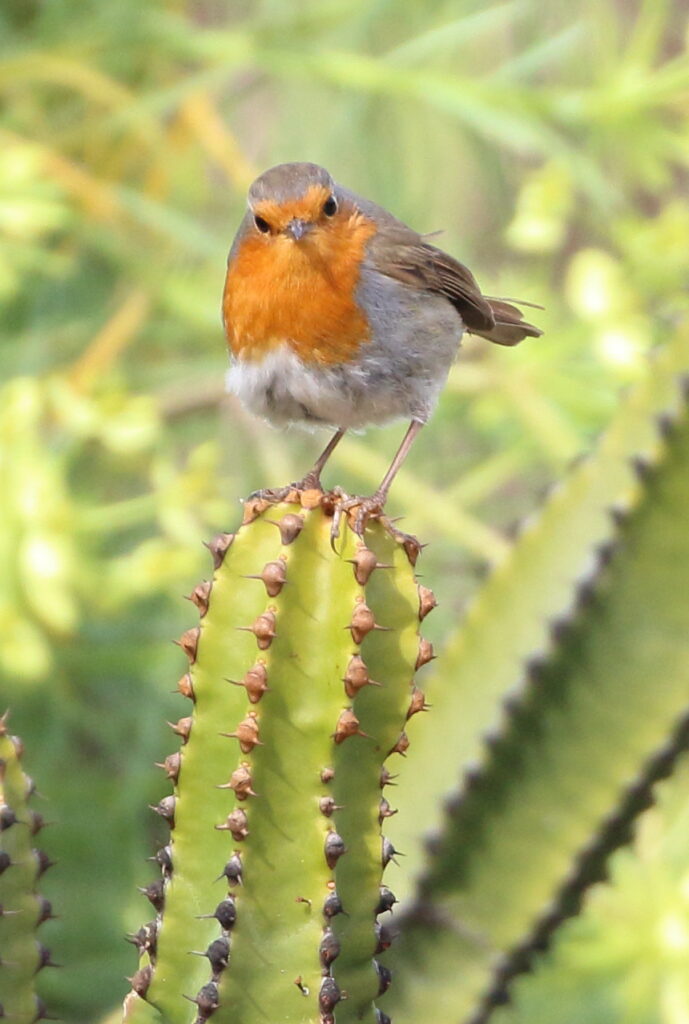
As we headed up to the higher parts of the gardens, a series of unfamiliar high notes pierced the air. I looked around and detected movement on a nearby tree trunk. It belonged to none other than a pair of Short-toed Treecreepers, a bird stunningly analogous to our Brown Creepers, and a species I never thought I’d see in Spain. Awesome!!!!

The treecreepers weren’t the last birds we saw in the gardens, but they were probably the coolest. Our 80-minute visit plus the Miró museum marked this as our most fun day so far—but I had one more major Barcelona birding adventure scheduled for the last day of the trip. Find out what it was by reading my next post. Same bird time. Same bird channel.

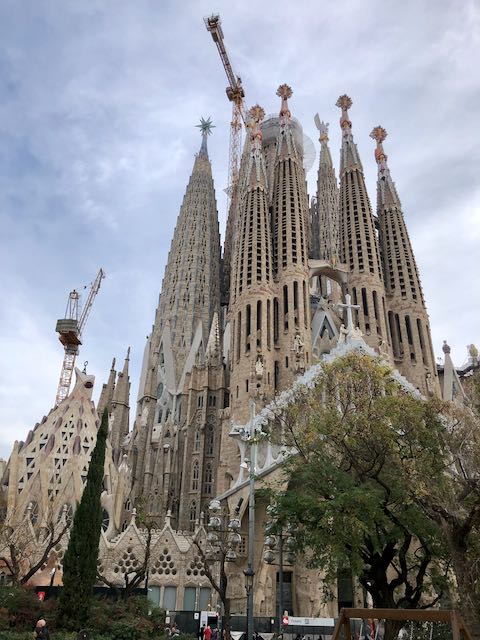
What a fine destination you picked! I didn’t know you guys had dreamed of visiting Barcelona. So happy for you. I’m gonna go out on a limb and say that I imagine you ate well!
The birding there sounds varied and interesting. Congrats on 1k! A fine achievement indeed. Although Braden’s probably thinking what took you so long, old man, lol. I’m sure you also enjoyed lighting up another country on your eBird profile map.
Looking forward to Part Dos, amigo!
Thank you, Roger. We did indeed eat well in between finding life birds and visiting Gaudi sites. The city really lived up to its reputation!